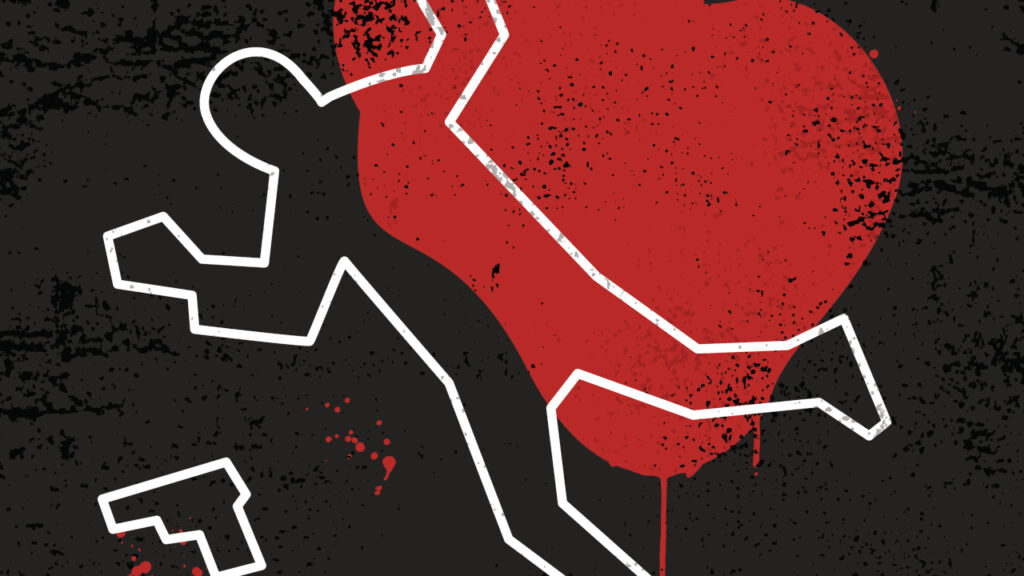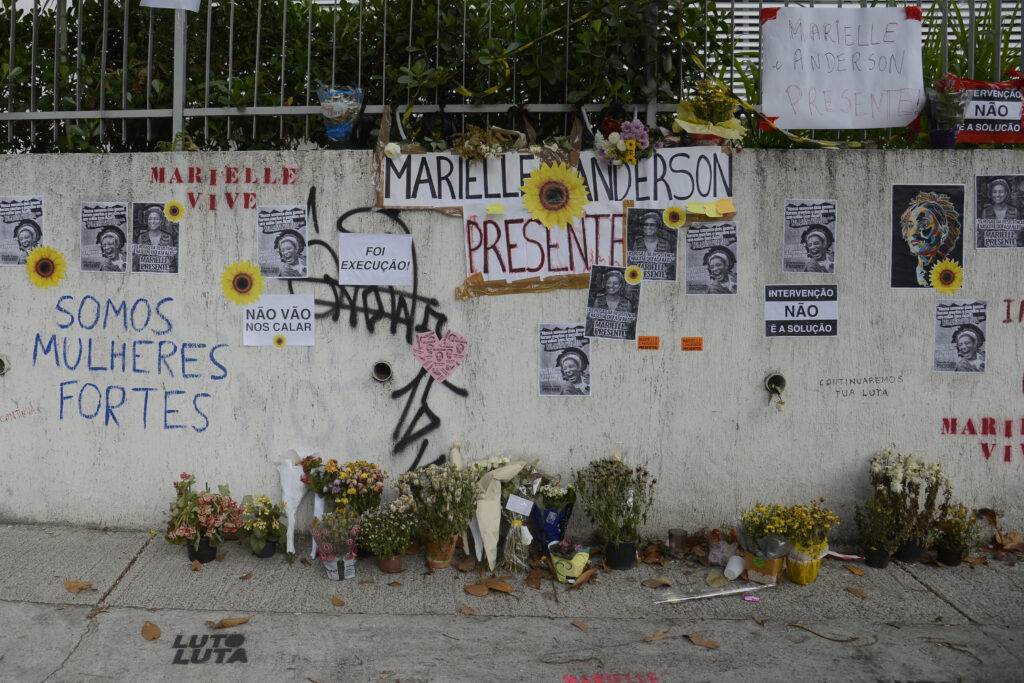Institute points to a ‘data blackout’ on homicides in the Amazon
07 de October de 2025

By Fred Santana – From Cenarium
MANAUS (AM) – In 2023, 36% of the homicides recorded in Brazil were solved by the end of 2024, according to the study “Where Impunity Lives” by the Sou da Paz Institute. The survey reveals a worrying picture in the Amazon states, where failures in data collection, lack of standardization, and weak information systems hinder the monitoring of lethal violence and the development of public policies.
According to Beatriz Graeff, project coordinator at the Sou da Paz Institute, the problem goes beyond technical or administrative deficiencies. She explains that the main obstacle lies in the lack of political priority for managing and improving data quality. In her words, “the main barrier to qualifying these data is not exactly administrative or technological, but a political decision to prioritize monitoring the impact of processes in terms of service to society.”

The researcher highlighted that, although Brazil has advanced in modernizing its information systems, the way data are collected still prevents effective analysis. The numbers used in the report, for example, are mostly extracted from platforms designed for bureaucratic monitoring, without any statistical processing. As a result, essential fields, such as the date of the crime, the victim’s profile, and the status of the case, remain missing in most Amazon states.
In states that stand out positively, such as Acre, there are more structured experiences in monitoring information. The report mentions the Criminal Analysis Observatory of the Technical Support Unit of the Federal Public Prosecutor’s Office of Acre as an example of an initiative that integrates data and produces its own analyses on homicides.
According to Graeff, this difference lies precisely in the intention of institutions to produce data for monitoring. “Where there is a dedicated team for this, data are processed and qualified. In most states, however, they are merely extracted automatically, without concern for quality or context,” she explained.
This disparity among Amazon states became evident in the latest edition of the study. Acre and Roraima managed to provide data on the sex and age of the victims, while Amapá and Pará were excluded from the national indicator due to incomplete information.
In Acre, 70% of homicide victims in 2023 were Black or Brown individuals, a proportion similar to that recorded in Piauí (77%), reinforcing the concentration of lethal violence among young Black and marginalized populations.
Graeff explains that the bottleneck begins at the very start of investigations, within police stations and public security agencies. “The fragility is huge regarding data on race, because it’s not a mandatory field. Even when it is, racial identification doesn’t always follow the recommendations of the Brazilian Institute of Geography and Statistics (IBGE) or the Racial Equality Statute. Moreover, many professionals feel resistance in collecting this information,” she observed.
She also notes that, within the justice system, there is a conceptual barrier. Many professionals argue that “justice must be blind,” and therefore, race, age, or gender of those involved should not be recorded.
For Graeff, this notion, although seemingly neutral, ends up masking real inequalities. By failing to collect such data, she argues, the system “fails to see how judicial structures impact different social groups unequally.”

Qualified information
The Sou da Paz Institute argues that improving records depends mainly on social pressure for transparency. Graeff emphasizes that society must demand the production and qualification of information about homicides. “It’s a matter of accountability. Society has the right to monitor, study, and understand the factors that affect the performance of the justice system,” she said.
The absence of a National Homicide Clearance Indicator is, according to the researcher, one of the main institutional gaps in the country. She finds it alarming that public agencies still lack a tool capable of measuring the efficiency of the state’s response to crimes against life. For the coordinator, it is impossible to improve institutional performance without measuring its effectiveness.
Graeff also stresses that solving homicides goes beyond individual accountability. The clarification of murders has a direct effect on reducing new crimes, by breaking cycles of violence and revenge. “Holding the perpetrator of a homicide accountable prevents them from committing new crimes and reduces the sense of impunity, which discourages public trust in the state,” she explained.
For her, creating an official indicator would not only be a monitoring tool but also an instrument of social transformation. “The very existence of such an indicator would be the first step toward improving the quality of the state’s response and reducing homicide rates — especially in regions like the Amazon, where these numbers are still rising,” she concluded.

